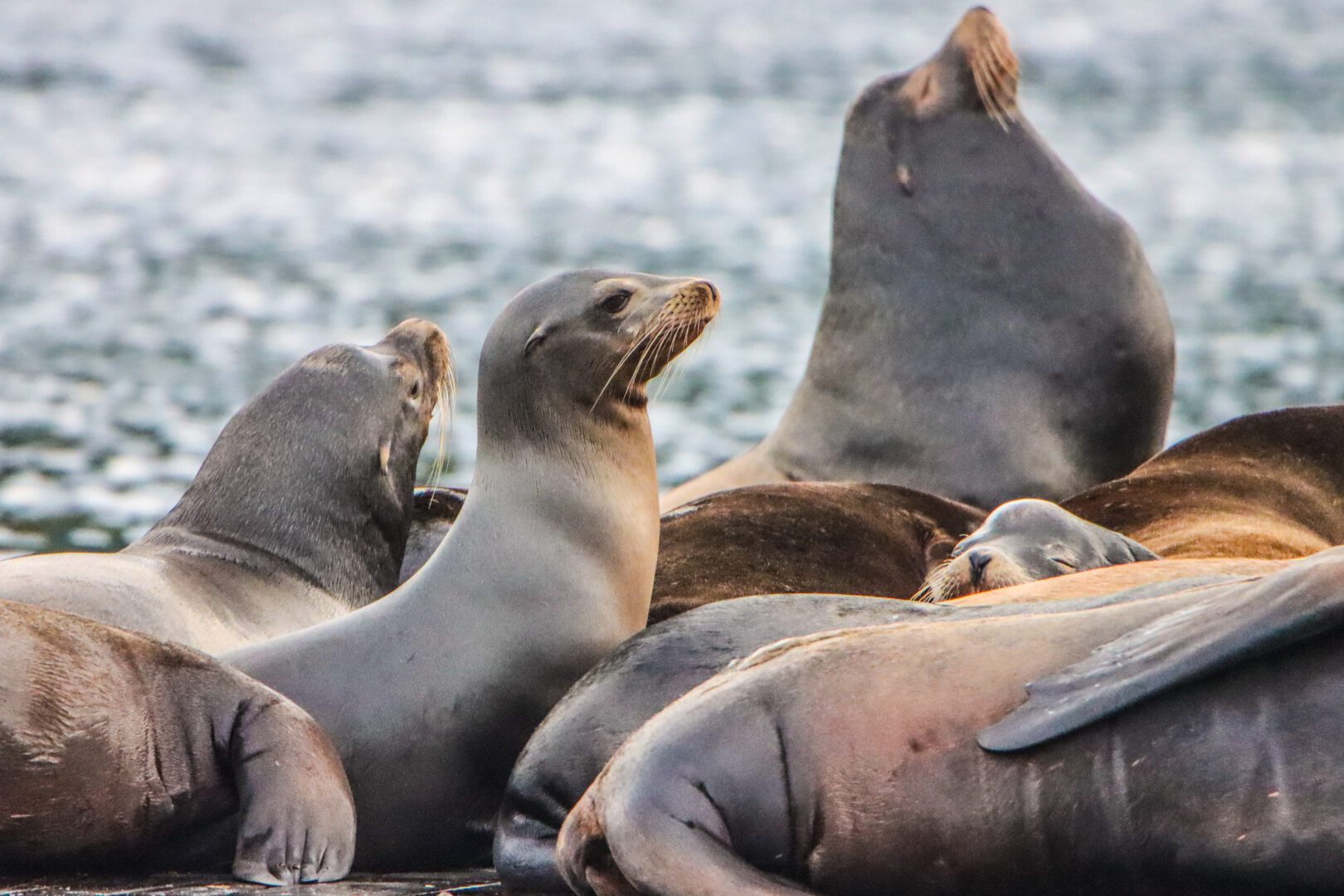 View Winners →
View Winners → Toxic algae still threatens sealife, raises concern on future blooms

After almost six weeks of a widespread toxic algae bloom that has sickened or killed more than 1,000 marine animals along the Southern California coast, officials said Thursday there were signs indicating the bloom was nearing its end, but urged beachgoers to remain cautious and not approach sick animals.
Los Angeles city, county and wildlife officials gathered Thursday afternoon at Charlie’s Beach in Marina del Rey to discuss ongoing efforts to address the marine mammal crisis. In recent weeks, dozens of sea lions and dolphins became sick due to the bloom.
“We are currently treating and caring for more than 120 animals in our hospital. Then we have a resting zone in Marina del Rey, where … animals have been brought here to be kept in a more restful, peaceful environment with some basic medical care from a vet that we have here full time,” John Warner, CEO of the Marine Mammal Care Center in San Pedro, told City News Service.
County officials previously reported the crisis is being caused by a natural phenomenon — an algae bloom producing domoic acid, a neurotoxin produced by the bloom of toxic marine algae called pseudo-nitszchia.
“What we’ve seen starting in late May and early June are large numbers of dolphins and sea lions stranded on beaches up and down Southern California, especially in Los Angeles County and Santa Barbara,” Warner said.
The toxin damages the brains of marine mammals, leaving them dazed and lethargic on beaches, often leading to death. Sea lions are particularly susceptible due their foraging habits, which involve consuming shellfish that eat the deadly algae.
With treatment, sea lions can recover within 72 hours, but some retain brain damage, resulting in memory loss. The damage is determined by how much tainted seafood the animal has devoured.
In the beginning of June, MMCC rescued a few animals. By the third and fourth week, the agency rescued so many animals it reached capacity of its facility.
The city and county stepped in to make sure animals had places to go and also kept the public safe from animals that were sick and can be dangerous, Warner said.
He noted blooms in the past lasted anywhere from four to eight weeks.
“We’ve seen blooms for hundreds of years, usually occurring every three to seven years,” Warner said. “The frequency of it, the size of it, the intensity of it, and it’s (impact) on marine life have been greater in the last 20 years than ever before.”
Warner said the size of the bloom is exacerbated in nature due to warming, ocean temperatures, and acidification of the ocean — all human impacts.
According to Warner, the algae bloom should be in week six or seven, but MMCC is waiting for an update from the National Oceanic and Atmospheric Administration regarding the current status of the bloom.
“The last couple of days we’ve seen many fewer animals on the beaches, but that doesn’t tell us anything yet,” Warner said.
While Warner hopes the worst passed, he said MMCC needs more volunteers and donations to cover $500,000 in costs that were unbudgeted.
In addition, he noted the toxic algae bloom will likely become a more regular occurrence than it has been in the past.
“What we’re seeing in this is that LA County needs a larger facility and more resources in order to care for the volume of marine mammals that are in need,” Warner said.
Councilwoman Traci Park, who represents the 11th District, one of two coastal districts in the city of Los Angeles, agreed with Warner’s sentiments.
“I take my obligation to protect our sensitive marine habitat and our ocean wildlife very seriously and that means investing in upstream infrastructure to keep stormwater, chemicals, trash and pollutants out of our ocean,” Park said.
“I look forward to partnering with my colleagues on the City Council. The Pacific Ocean is a precious resource to the city and every resident,” Park continued. “The obligation as humans and as policymakers to protect our incredible coastline is something that falls on all of us.”





































































































